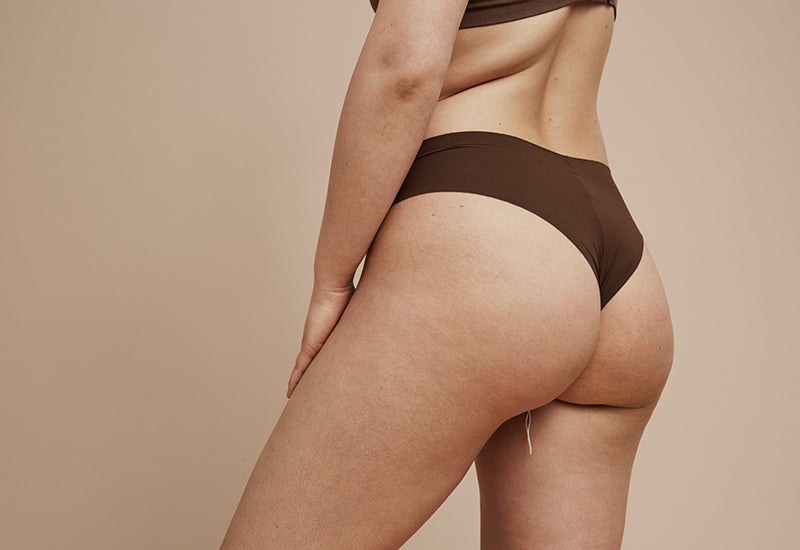How do cloth tampons work?
Why cloth tampons?
Imse's washable cloth tampons are a soft and natural menstrual protection that provides a fresh feeling during menstruation. The health benefits are as numerous as the environmental gains. By switching to cloth tampons or pads from disposable pads and tampons, you avoid all the plastics, perfumes, and chemicals that disposable products are often made of.
Many who switch from disposable tampons to cloth tampons get rid of itching and yeast infections in the genital area because cloth tampons are made of cotton, a natural material. Another health aspect is the good conscience! It's a great feeling to know that you're helping to reduce the plastic waste by reusing products instead of disposing of them after just one use.

Common questions about cloth tampons
How often should I change cloth tampons?
How often you should change tampons and what size you should use depends on how heavy your menstruation is, something that varies during the menstrual period. Do not use a larger size than you need, and adjust the size according to how much you bleed. If you have a tampon that's too big inside, you'll notice it because it feels dry when you pull it out. And then you can disturb your sensitive mucous membranes. You should change your tampon regularly every 4-6 hours.
During the first days of your menstruation when the bleeding is heavier, it may be appropriate to use a tampon with greater absorption capacity and you may need to change your tampon more often, for example, every 4 hours. Towards the end of menstruation, the bleeding becomes lighter and then you probably don't need to change as often. Don't forget to remove the old tampon when you change to a new one, and... don't forget to remove the last tampon at the end of menstruation.
What is the lifespan of a cloth tampon?
We offer a 10-year guarantee on our reusable menstrual products. How long the tampons last before they become worn out? It depends entirely on how much they are used, how they are washed and cared for, and general wear and tear. It's also a personal preference how long you want to have the cloth tampons before you feel like replacing them with new ones.
When should you not use cloth tampons?
Do not use cloth tampons …
... if you have had Toxic Shock Syndrome (TSS)
... if you have bleeding that occurs after an abortion, miscarriage, or childbirth, or after a surgical procedure in the genital area. In these situations, it is considered that there is an increased risk of infection if you use tampons.
Can everyone use cloth tampons?
Just like with disposable tampons or menstrual cups, not everyone can use cloth tampons. And you won't know until you've tried. Just like when using disposable tampons or menstrual cups, it may take a little practice to get the cloth tampon in the right place, and it requires reading up on how to use and clean them. It requires a little commitment and doesn't always fit everyone's life.
Spiral and cloth tampon?
Just like with disposable tampons, there are no obstacles to using cloth tampons if you have an intrauterine device (IUD).
Can I sleep with cloth tampons?
We recommend changing every 4-6 hours.
Can I exercise, play sports, do yoga, and ride with cloth tampons?
Works just fine. To avoid leakage, you can change before your workout. Cloth tampons don't have the same absorption capacity as disposable tampons.
Can I swim with cloth tampons?
It's fine to swim with cloth tampons. We recommend changing the tampon when you're done swimming.
How do I insert a cloth tampon?
This is how you use Imse's washable tampons:
1. Wash the tampons before first use, by washing in a washing machine or boiling for a minute.
2. Wash your hands. Start by rolling up the tampon, starting at the end without a string. Roll it fairly compact and then twist the string to the desired length.
3. If you want, you can tie a knot, which keeps the tampon rolled up at the outlet. But only tie one knot otherwise it may be difficult to remove. Washable tampons are not as smooth as disposable tampons, which may make them feel a little harder to insert.
4. Check that the string is securely attached by pulling on it. Relax and gently push the tampon as far upward and backward into the vagina